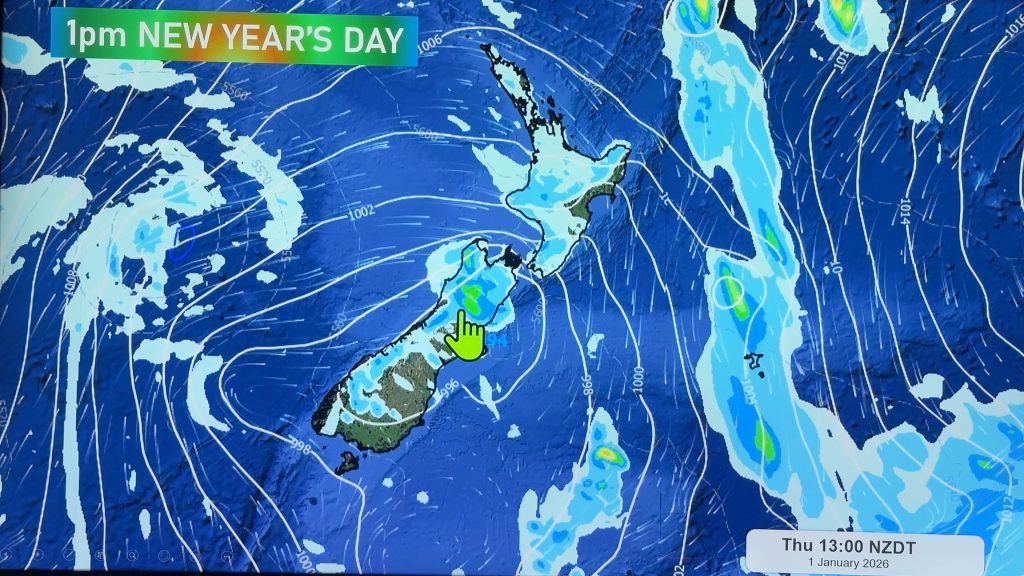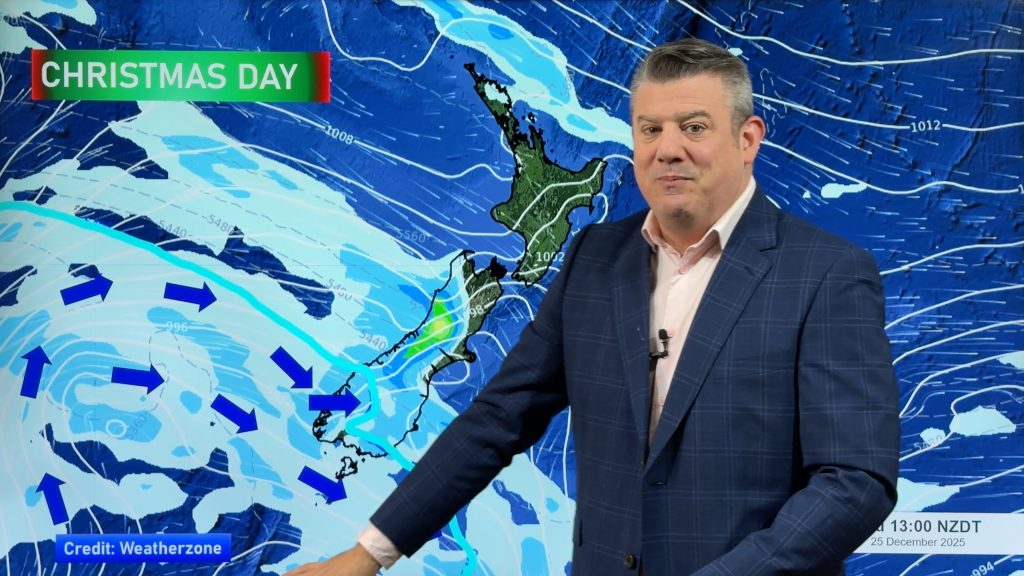
> From the WeatherWatch archives
“Pleasant” and “calm” are two words that haven’t been used to describe the 2016 presidential election. But they should characterize the weather across much of the country on Election Day.
Weather can play a significant role in voting behavior, with bad weather generally suppressing turnout. And research has showed it could have swung a couple of elections.
One study from 2007 (PDF) found that Richard Nixon would probably have edged out John F. Kennedy in the close 1960 election if the weather had turned foul in a few key states. Conversely, if Florida had seen drier conditions in 2000, simulations show that Al Gore likely would have carried the state and thus won the presidency.

Tomorrow, however, should feature very little in the way of significant rain or snow — two factors that are shown to decrease voter turnout in a statistically significant way. The only state that will see any accumulating snow on Election Day is Alaska, although rain could dampen polling places in a number of states, including a few key states across the Great Lakes and Midwest regions.
An advancing cold front draped across the nation’s midsection will bring showers to much of the Midwest, the Ohio River Valley and down to the Southeast.
Iowa and Wisconsin will see a few lingering showers in the morning for those hitting the polls early, but the precipitation should clear the state by midday. The same batch of showers will move through Michigan during the day and reach Ohio by lunchtime, remaining until polls close. Western Pennsylvania will see some rain move in before polls close, but major Northeast cities will not see any rain until early Wednesday.
Though the electoral college map remains up in the air, the temperature map for Election Day is covered in red, with little to no blue in sight. Temperatures across the nation will be mild, with many states 10 to 15 degrees above average for early November.
Comments
Before you add a new comment, take note this story was published on 8 Nov 2016.





Add new comment